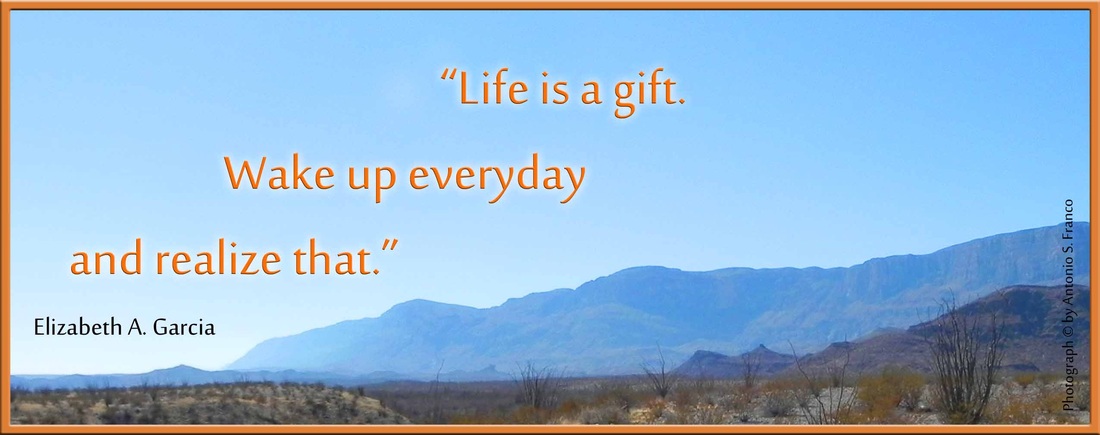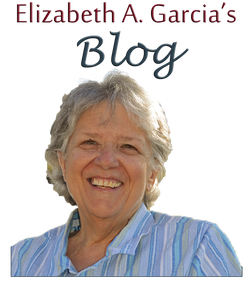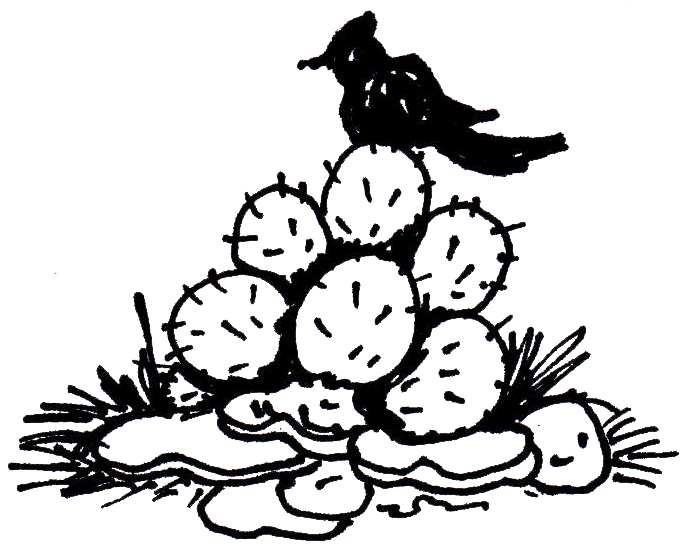Almost thirty years ago, a team of serious-faced doctors stood by my hospital bed. I almost laughed when I saw them. Those faces! I wanted to ask, “Who died?” but I was glad I didn’t because what followed was not funny.
My lung surgeon cleared his throat and stepped an inch closer to the bed. “The biopsy confirmed it, Beth. You have Lymphangioleiomyomatosis.”
I stared him. Say what?
Lymphangioleiomyomatosis (LAM for short) is an extremely rare lung disease. No one could tell me why I had it or how to get rid of it. Back then there were no known treatments. There are still no known cures. They think the disease is hormonally triggered, somehow linked to estrogen. It’s primarily a woman’s disease. Because so few people had it (and only women) there had been no major research. In 1995, the mother of a LAM victim formed and funded a foundation to begin studying the disease.
Long story short, I was sent home without hope or help after being told I had about six months to live. Let me clarify that. The field of medicine gave me no hope or help, but I had all the hope anyone could ever need waiting for me at home: a six-month-old daughter and an eleven-year-old nephew who had wormed his way into my heart. I also had a husband I adored. They needed me to come home and be present. And present, I was.
The day I was released from the hospital I saw everything in a new way. It was as though my eyes and heart wanted to soak it all in, in case this would be my only chance.
So there I sat in the parking lot of Odessa Medical Center Hospital with whatever was left of my life ahead of me. And suddenly, it shone.
My husband looked at me with tears in his eyes and held out his hand. When it enclosed mine, that hand was stronger, tougher, and larger than I remembered. “Are you going to be all right?” he asked.
I looked right into his eyes and I said, “Yes.” And I believed it.
“What did the doctors say?”
I couldn’t tell him. What did they know anyway? Nothing, it seemed. The disease was as mysterious to them as it was to me. I couldn’t make myself repeat their dire prediction, so I made up my own answer to his question. “They said I need a lot of love and I’ll be fine.”
“In that case, I’ve got this.”
I knew he did.
The trip home was more delicious than you can imagine. In some ways it was like being alive for the first time. It was the last day of January and cold, but the sun was warm coming through the window. After thirty days in the hospital, it was too bright. Instead of blinding me, it made me see things more clearly: the wide array of colors in our world, the astounding beauty in everyday things. The soft, black curl of my husband’s hair was a marvel. Life was too good to let it go without a fight. That became my mantra.
By the time we began to see the shimmering mountains in the south of Brewster County, a negative prediction had turned into a challenge in my head. I have always loved a challenge.
Many years ago, Jimmy Buffett expressed my feelings in a song, “I’d rather die while I’m living than live while I’m dead.” I began racking up a long list of things I wasn’t supposed to do with lungs that don’t work the way they should. Who cares? They’re working in their own way or I wouldn’t be here.
Against doctors’ advice and common sense, I took a job managing a river rafting company. Then I bought it. Work? Bring it! My life at Big Bend River Tours was the most frustrating, fantastic, impossible, joy-filled, nature-filled, life-filled thing I could have chosen to do. I also put my heart and soul into raising my children and loving my husband. Children and love are the best medicines on the planet.
Sometimes when walking a short distance with a friend I become scarily short of breath. My friend will ask with concern, “Are you all right?”
Oh yes. I am. What will my next thirty years bring?




 RSS Feed
RSS Feed


